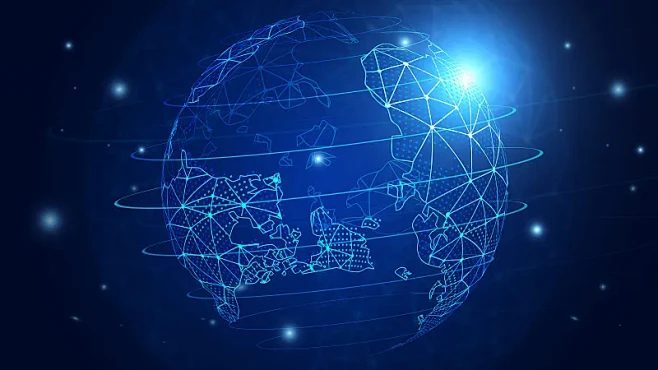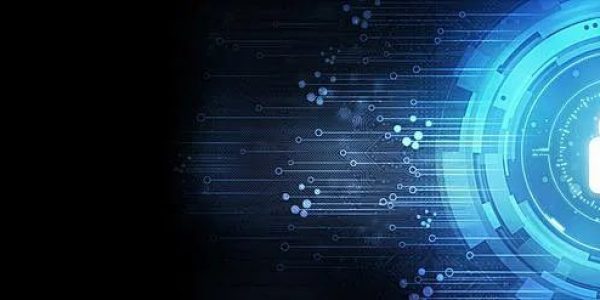How are the Internet and World Wide Web related?
Many people use “Internet” and “World Wide Web” (WWW) interchangeably, but they refer to distinct concepts. In this post, we’ll explain their differences, explore their relationship, and highlight why understanding them matters.

What does the Internet mean?
The Internet is a global network of interconnected computers and devices, using protocols like TCP/IP for accurate data transmission. It supports various services like email, file transfers, video streaming, and online gaming, acting as the digital world’s infrastructure.
Quick History: The Internet began in the 1960s with ARPANET, developed by the U.S. Department of Defense, evolving into the vast network we rely on today for communication and information sharing. Learn more about the history of the Internet.
What exactly is the World Wide Web?
The World Wide Web (WWW) is a part of the Internet, consisting of websites, web pages, and multimedia content linked via hyperlinks. It uses HTTP (HyperText Transfer Protocol) to request and display information through web browsers like Chrome or Firefox, making the Internet more user-friendly than tools like FTP.
Quick History:
Invented by Tim Berners-Lee in 1989, the Web began as a way to share research documents, evolving into the platform used for shopping, social media, news, and more.
Main Differences Between the Internet and the World Wide Web
Here are key differences between the Internet and the World Wide Web:
- The Internet is a global network enabling data transmission.
- The World Wide Web is a collection of interlinked websites accessed via the Internet.
- The Internet supports services like email, file sharing, and gaming.
- The World Wide Web specifically refers to browsing information through web browsers.
- The Internet is the infrastructure for digital communication.
- The World Wide Web operates over the Internet using protocols like HTTP.

Which of the following best describes the relationship between the Internet and the World Wide Web?
The Internet is the infrastructure that supports various services, including the World Wide Web. Think of the Internet as the “vehicle” for data, while the Web is the “content” accessed via websites. The Web operates over the Internet, like email or video streaming.
Common Confusions Between the Internet and WWW
The difference between the Internet and the Web is important, especially in discussions about technology and digital security.
To clarify:
- You use the Internet when sending emails, downloading files, or using services like Skype or WhatsApp.
- You use the Web when browsing websites, watching YouTube videos, or scrolling through social media.
Why Knowing the Difference is Important
Understanding the difference between the Internet and the World Wide Web enhances digital literacy and helps navigate online technologies. The Internet is the backbone, while the Web is a small part. With IoT, cloud computing, and emerging tech, the Internet’s role is expanding beyond the Web. Recognizing this gives a deeper appreciation for the digital world’s complexity.
Conclusion
The Internet and the World Wide Web are often confused, but they’re different. The Internet connects devices globally, while the Web is just one service running on it. Understanding this distinction helps navigate the digital world.
If you are interested in these contents or have the need to develop a website, please contact airsang design!
















